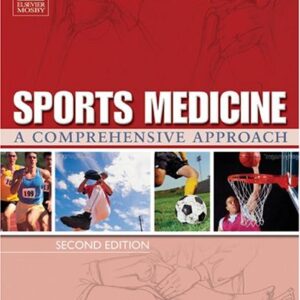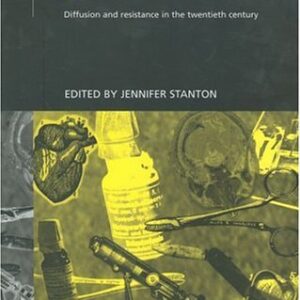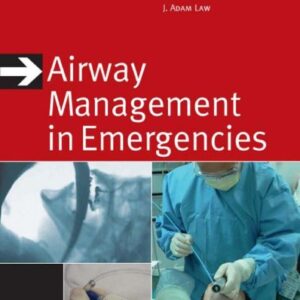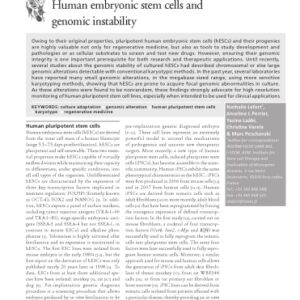Some 23. 5% of all members and patients of treatment centers completed the questionnaire. One striking fact is that participation was highest amongst elderly patients with severe hemophilia, whereas only 12. 2% of family members responded. Evaluation of the results revealed that the majority of participants prefer treat? ment in a hemophilia treatment center with a high reputation, whereas only 2. 7% consider treatment in a specialized practice to be sufficient. The reasons for that are the necessity of the 24-h-availability of a physician, regular qualified examination of joints and muscles, documentation of product batches, laboratory tests and good cooperation with other faculties. As many as 68. 9% of the patients sometimes travel more than 200 km. What certainly plays a role here is trust in the treatment center and its physicians, for it is noticeable that irrespective of the fact that 74. 3% re? quested standardized treatment regimens for all treatment centers, only about 20% would change to a nearer center. Treatment with factor concentrates is generally considered to be very safe. That is to say, 58. 1 % regard recombinant products to be very safe, whereas only 24. 3% assume this for plasma products. When compared, there were usually no major differences observed regarding outcome (factor consumption, duration of treat? ment). Increase in maximum storage temperature (47. 2%) and half-life (73%) were the most frequent answers to the question of what features the products should have.
Medicine
[PDF] 31st Hemophilia Symposium Hamburg 2000: Epidemiology Inhibitors in Hemophilia Therapy and Monitoring of Bleeds in Acute and Intensive Care Medicine Pediatric Hemostaseology Case Reports I. Scharrer (auth.), Professor Dr. med. Inge Scharrer, Professor Dr. med. Wolfgang Schramm (eds.)
$9.99






Reviews
There are no reviews yet.